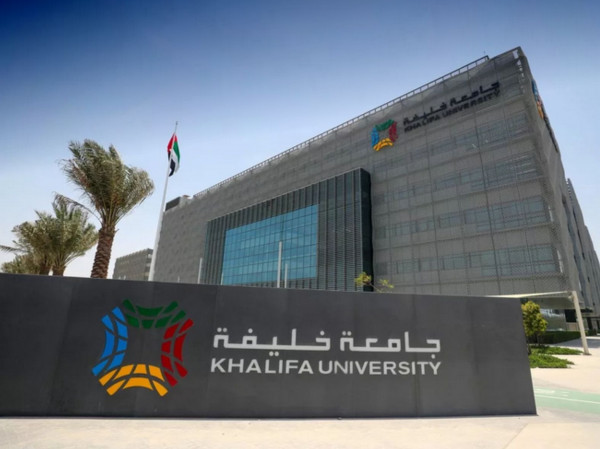
On the one hand, it has become quite difficult to obtain a student visa to study in the U.S. and other Western countries. On the other hand, countries like the United Arab Emirates have great potential as new destinations for Nepali students to pursue world-class education. These days, universities in the UAE offer a wide range of subjects, including engineering, medicine, business, arts, law, technology, and many more.
The Donald Trump administration tightened visa requirements for Nepali students. According to the U.S. International Visitor Arrivals Program – ADIS I-94, data from late 2025 show declines in U.S. visa issuance, particularly for students and immigrants, with some figures indicating a 17% decline for students from the Middle East and a nearly 20% overall drop in international student enrollment. These declines were linked to policies and processing delays during the Trump administration. The number of immigrants in the U.S. also declined for the first time since the 1960s in mid-2025.
In this context, the UAE could be an attractive choice for Nepali students. Nepal has significant partnerships with Gulf Cooperation Council (GCC) countries, including the UAE. Nepal and the UAE established diplomatic relations in 1977, and their ties have strengthened over time.
In April 2025, Sheikh Abdullah bin Zayed Al Nahyan, Deputy Prime Minister and Minister of Foreign Affairs, visited Nepal. During the visit, he met with President Ram Chandra Poudel and then–Prime Minister K.P. Sharma Oli.
His meeting with Nepal’s Deputy Prime Minister and Minister for Urban Development, Prakash Man Singh, covered a range of mutual interests, including commerce, trade, tourism, aviation, and development. Sheikh Abdullah reaffirmed the UAE’s commitment to building partnerships that support sustainable development. The meeting was attended by UAE officials, including Ahmed bin Ali Al Sayegh, Saeed Mubarak Al Hajeri, Abdulla Balalaa, and UAE Ambassador to Nepal Abdullah bin Jarwan Al Shamsi.
More recently, Assistant Minister Abdulla Balalaa visited Nepal to participate in the Sagarmatha Sambaad, reaffirming the UAE’s commitment to inclusive climate diplomacy. At the forum, Balalaa highlighted the UAE’s USD 100 million pledge to the Fund for Responding to Loss and Damage (FRLD) at COP28.
With over half a million Nepali workers in the UAE, it remains Nepal’s largest labor destination in the Gulf. Nepal’s Ambassador to the UAE, Tej Bahadur Chhetri, stresses the need to establish favorable conditions for attracting UAE investment. Agreements under discussion include Bilateral Investment Protection, Double Taxation, and a Bilateral Investment Agreement.
Now, the time has come to extend these relations to the field of education as well. The UAE has developed itself into one of the major education centers in the world. Nepal needs to broaden its relationship with the UAE and focus on educational collaboration. It will be key for Nepali students to pursue world-class education in the UAE. The governments of both countries need to do more work in this area.
According to the Ministry of Foreign Affairs, the UAE has focused on educating both men and women. “In 1975, the rate of adult literacy was 54 percent among men and 31 percent among women. Today, literacy rates for both genders are close to 95 percent,” the ministry stated. “New initiatives are being launched at all educational levels. A key area of focus has been to transform K–12 programs to ensure that UAE students are fully prepared to attend universities around the world and compete in the global marketplace. In addition, some of the world’s best universities are creating programs in the UAE, attracting talented students from the Arab world and globally.”
The education system of the UAE is relatively new. In 1952, there were few formal schools in the country. During the 1960s and 1970s, a school-building program expanded the education system. Now, education at the primary and secondary levels is universal. In the 2013–2014 academic year, approximately 910,000 students were enrolled at 1,174 public and private schools, according to the ministry.
The UAE is home to a wide range of universities, both public and private. UAE citizens can attend government institutions free of charge, and the UAE has one of the highest higher-education participation rates in the world. Ninety-five percent of all girls and 80 percent of boys enrolled in the final year of secondary school apply for admission to a higher education institution. Public universities such as the United Arab Emirates University, Zayed University (ZU), and the Higher Colleges of Technology (HCT), along with many private universities, could become key destinations for Nepali students.